Why this upcoming Android phone is everything the iPhone isn’t, and will turn Apple users’ heads
Would we’ve been just as happy watching sci-fi movies, featuring humanoid robots that can talk, played by actors in metal and rubber costumes, and just watching movie characters using magical handheld devices to communicate with each other from afar? Knowing almost for certain that those won’t be happening anytime soon, in fact just being able to watch a movie featuring such science fiction concepts was a huge privilege most people couldn’t afford.
Or are we super lucky that we actually have virtual assistants today who can talk to us, consumer robots are technically available too, and most importantly – smartphones are everywhere. Holding all of the world’s knowledge, every movie or show ever made, and everyone you know and love inside. Carrying a phone is carrying all that with you wherever you go, and indeed, all of us do.
Yep, phones are a big deal, perhaps the biggest deal since the internet itself, but we can’t deny they’ve more or less reached their ultimate form over the last decade. These days phones are always the same slab of glass, with very few distinguishing features to differentiate a model besides the logo, unless it’s perhaps a gaming phone like the Asus ROG Phone 5, or the upcoming Nothing Phone (1).
Those kind of have to be different and stand out, in order to grab attention and have a chance at selling, but the most mainstream phones, especially the best selling series – the iPhone (currently iPhone 13) have been pretty much the same for a while now, and judging by leaks and rumors about the upcoming iPhone 14, this trend will continue in the future.
Is it even possible for a unique, completely unconventional smartphone to go mainstream now? Well, if anyone could do it – it’s South Korea’s Samsung, and it did it – with the Galaxy Z series. With persistence, yearly improvements, and most importantly – by delivering a fantastic, almost overwhelmingly feature-rich user experience.
And that’s the thing, if you’re an iPhone user, you’re pretty much conditioned to accept being deprived of cool extra features or radical designs to choose from. But if you’re a Galaxy user, you know you have some incredible options…
Here’s why the upcoming Samsung Galaxy Z Fold 4 is everything the iPhone isn’t, and stands against everything Apple…
A unique design that was difficult to develop and financially risky to try selling
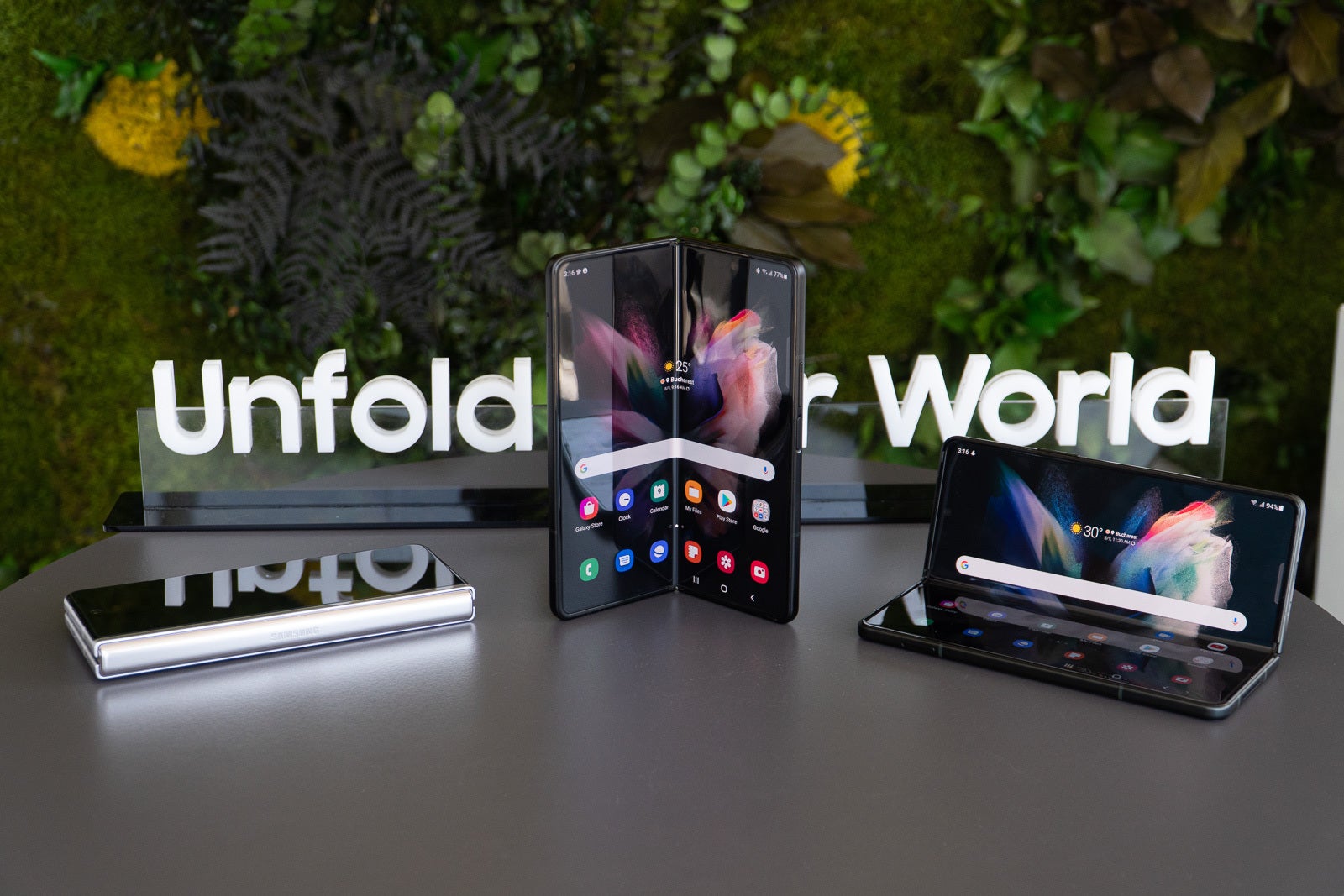
The Z Fold 4 is expected to be similar in looks to the Z Fold 3 (shown here)
The original iPhone changed a lot, and was quite a unique concept for its time. But that was 14 years ago, and since then no iPhone has offered the kind of unique design or extra features to make it significantly different from the competition.
Perhaps the notch with the iPhone X was the only notable new design element that the iPhone ever introduced in recent years, but I doubt anyone would be like “Ah yes, that’s totally my favorite feature, I can’t get enough notch.”
We’re talking about unique smartphone designs that people actually want. And since 2019 and the introduction of the first Galaxy Fold, consumer interest in phones that can unfold into a tablet has grown, precisely thanks to Samsung.
The current Galaxy Z Fold 3 is perhaps the most exciting smartphone I’ve used, as will likely be the upcoming Galaxy Z Fold 4, which is presumably coming just two months from now.
Very shortly after the first ever commercially available foldable phone, the Royole FlexPai, gained popularity online, Samsung got to work making its own, and a year later, it was on the market. We’ve talked before about how Samsung takes opportunities like a champion, and that’s one great example.
Creating a unique phone like the Galaxy Z Fold is expensive, it requires plenty of research and development, pouring lots of money into an idea that may not turn out to be financially viable for the company, but Samsung did it anyway, and quickly. Perhaps a bit too quickly, since the first Fold had some significant durability issues, but hey. It was just the first step towards greatness, and I think Samsung achieved it by the time the Z Fold 3 came out last year.
The kind of expansive software features an iPhone user can only dream of
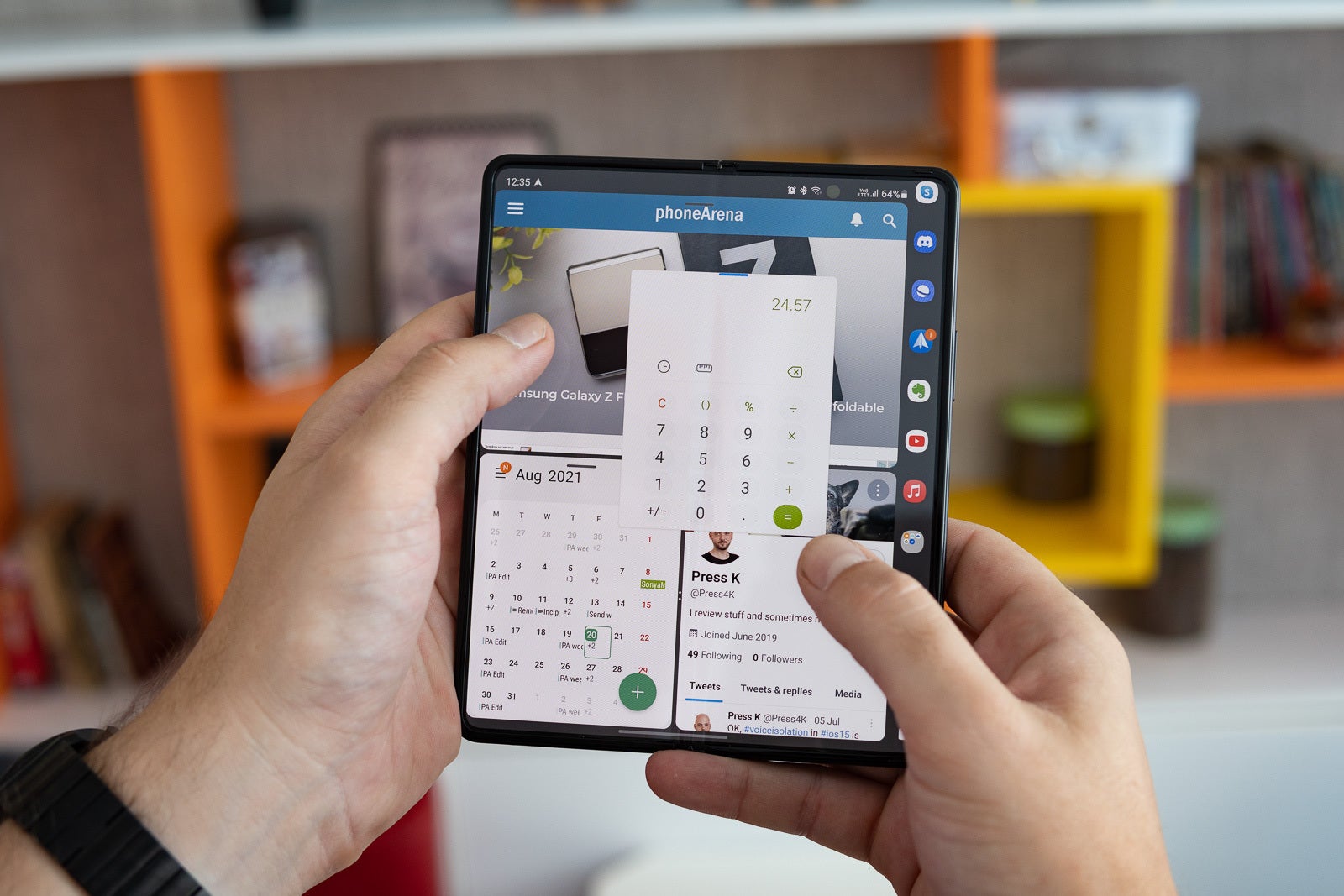
I’m currently an iPhone user, having been using big Android phones for over a decade before that, and if there’s one thing I really hated to give up – it was split-screen multitasking. Modern iPhones have up to 6.68-inch screens, which are plenty big enough for at least two apps to reside within at the same time. Yet that’s never been an option.Meanwhile the Z Fold 3, which, sure, is a foldable, and an inch larger, allows you to split the screen between three whole apps, and run even more in windows if you wanted to. If you ever wanted to feel like a multitasking boss, that’s the phone.
But perhaps even more notable is the Galaxy Z Fold 3’s Samsung DeX mode, which essentially gives you a Windows or macOS-like desktop experience, with a different desktop, a fixed dock, and windowed apps. Samsung didn’t have to go out of its way to invest into developing DeX, but it did it anyway, and DeX has been amazing. You can use your Z Fold 3 like a phone, like a tablet, and if you connect it to an external display – like a PC. Meanwhile you can use your iPhone like… an iPhone.
There’s plenty more features that make Samsung’s foldable great, and I won’t even go into all of the customization options you get merely because it’s running Android. But it’s all there to empower you – the user – and help you use your device absolutely however you want. It’s all up to you. Choices!
Expensive, but the price is kind of reasonable when compared to Apple’s upcoming new device
Can’t dance around the fact that the Galaxy Z Fold 3 costs $1,800, and the Z Fold 4 will likely be about as much also. But hey, for a unique smartphone that likely required ungodly research and development investments, the high price is more or less to be expected. Not even considering Samsung’s additional investment into some broad and impressive marketing for a rather niche product.
Still, when Apple releases big new things, those are almost always quite expensive too. The first iPhone was $500 and $600 for its two storage variants. That was a pretty unthinkable price for a phone, for the general public to shell out back in 2007. Add inflation and a looming global financial crisis to that, and we’re going well within “can’t afford it” territory.
But those prices are nothing compared to Apple’s next big consumer product, which we can presume will be announced as soon as this year or 2022.
We’ll talk more about what that product is in the end, but the latest rumors suggest that it will be well within $3,000.
What’s that? A stylus on a phone? A folding phone no less
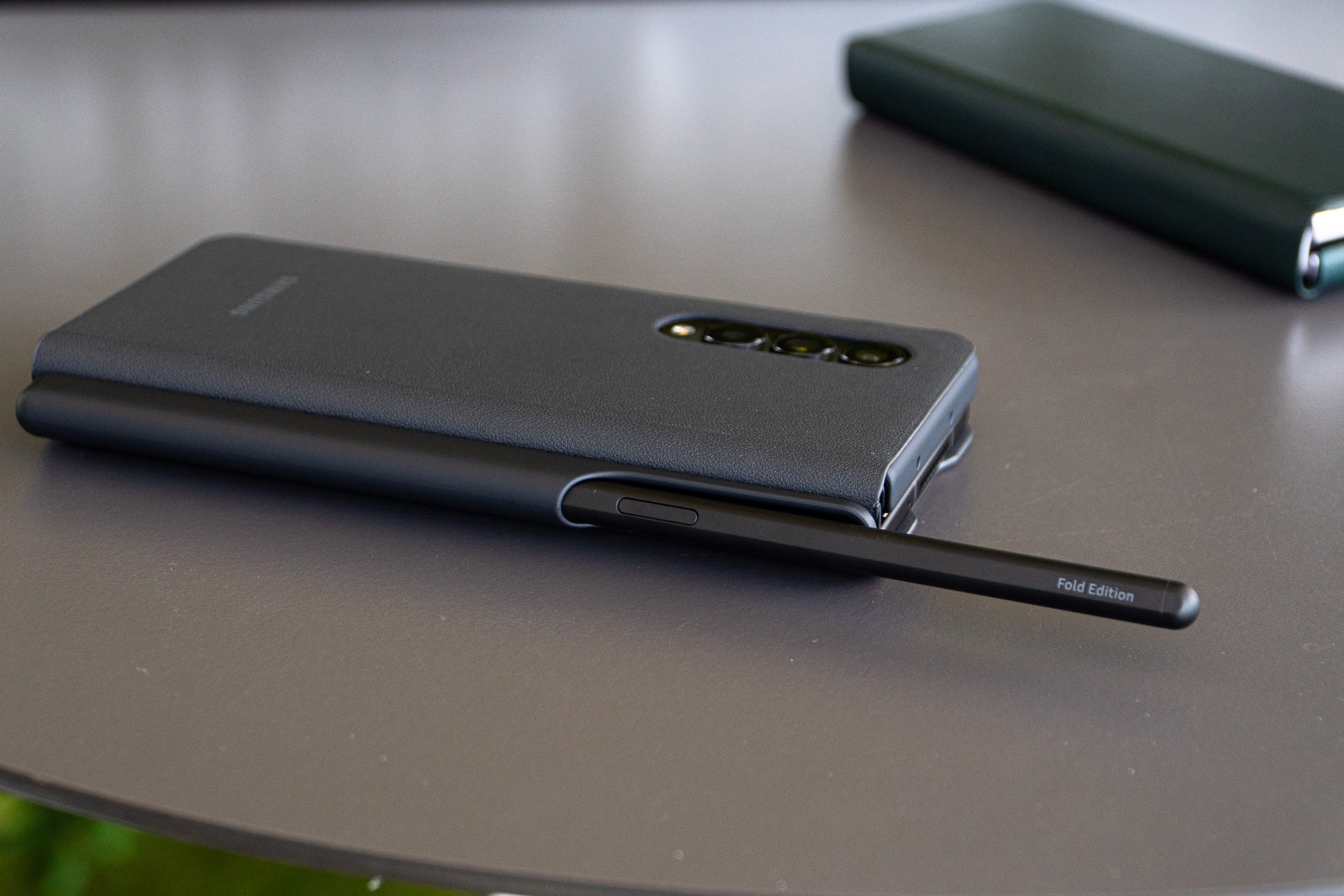
The Z Fold 3 introduced stylus support for the first time on a Samsung foldable. We can’t possibly overlook the fact that giving a softer (than normal) flexible display stylus support on its own was a feat by Samsung; the company had to not only figure that out, but develop a new S Pen stylus just for foldables. That’s dedication!
Dedication to a minority of power Samsung users who might want a stylus. And an even smaller minority of Galaxy Z Fold users! Meanwhile iPhones don’t, and will most likely never have stylus support at all. Apple’s philosophy is offering less for the sake of keeping things simple and neat, even if that means restricting its consumers, and basically not allowing iPhone power users to even be a thing. At least if we assume that the concept of smartphone power usage involves multitasking and customization, and yes, perhaps using a stylus even.
Two 120Hz displays; even the upcoming iPhone 14 won’t have that
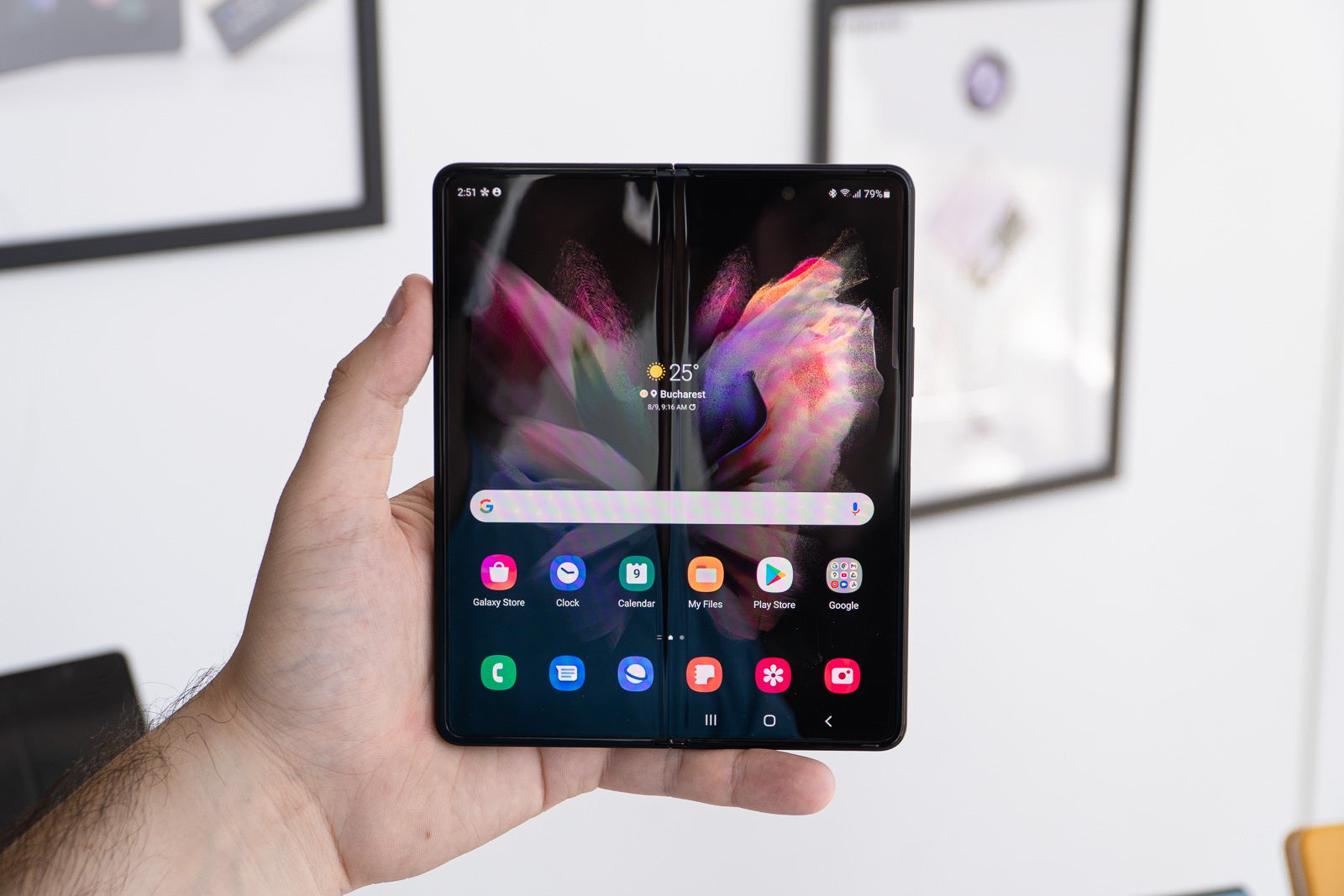
By many accounts, the upcoming base iPhone won’t have a 120Hz display, which by now is pretty much a must on any flagship, and even many mid-tier phones. Only the iPhone 13 “Pro” models will allegedly offer the buttery-smooth display experience that comes with a 120Hz refresh rate.
That’s pretty much Apple splitting its flagship iPhone between “less flagship” and “more flagship.”
If Apple had a folding iPhone, we’d love to compare that against the Z Fold 3, but nope. So best we could do is compare the Z Fold 3 flagship against Apple’s flagship iPhone 13 and upcoming iPhone 14 – where again – Samsung gives as much as it can to justify the whole “expensive flagship” thing; Apple – perhaps not nearly as much as it could.
Why is Apple so uninventive with the iPhone these days?
Share your thoughts on this in the comments below, but based on the intel we have, we can reasonably believe that Apple’s focus might be on something else right now, not the iPhone.As we mentioned before, Apple has semi-secretly been working on the “next big thing,” and I don’t mean to seem like overselling it, but it’ll be huge indeed.
And that’s augmented reality (AR) – in the form of wearable Apple AR glasses, which are reportedly in their final months of testing, after several delays and broken release date promises by prominent leakers.
Tim Cook, Apple’s CEO himself, has hinted many times that he believes AR will really change things, and he’s very excited for it. It’s super likely that the Cupertino company is keeping things simple on all other fronts (iPhones, iPads, etc.), because it’s investing most of its resources into creating a great, and most importantly cutting-edge AR product.
AR is still an unknown concept for most mainstream consumers, so like Samsung did with its foldables, Apple has to not only develop a great product, but prepare a huge marketing campaign for it too. Introduce it to the masses properly.
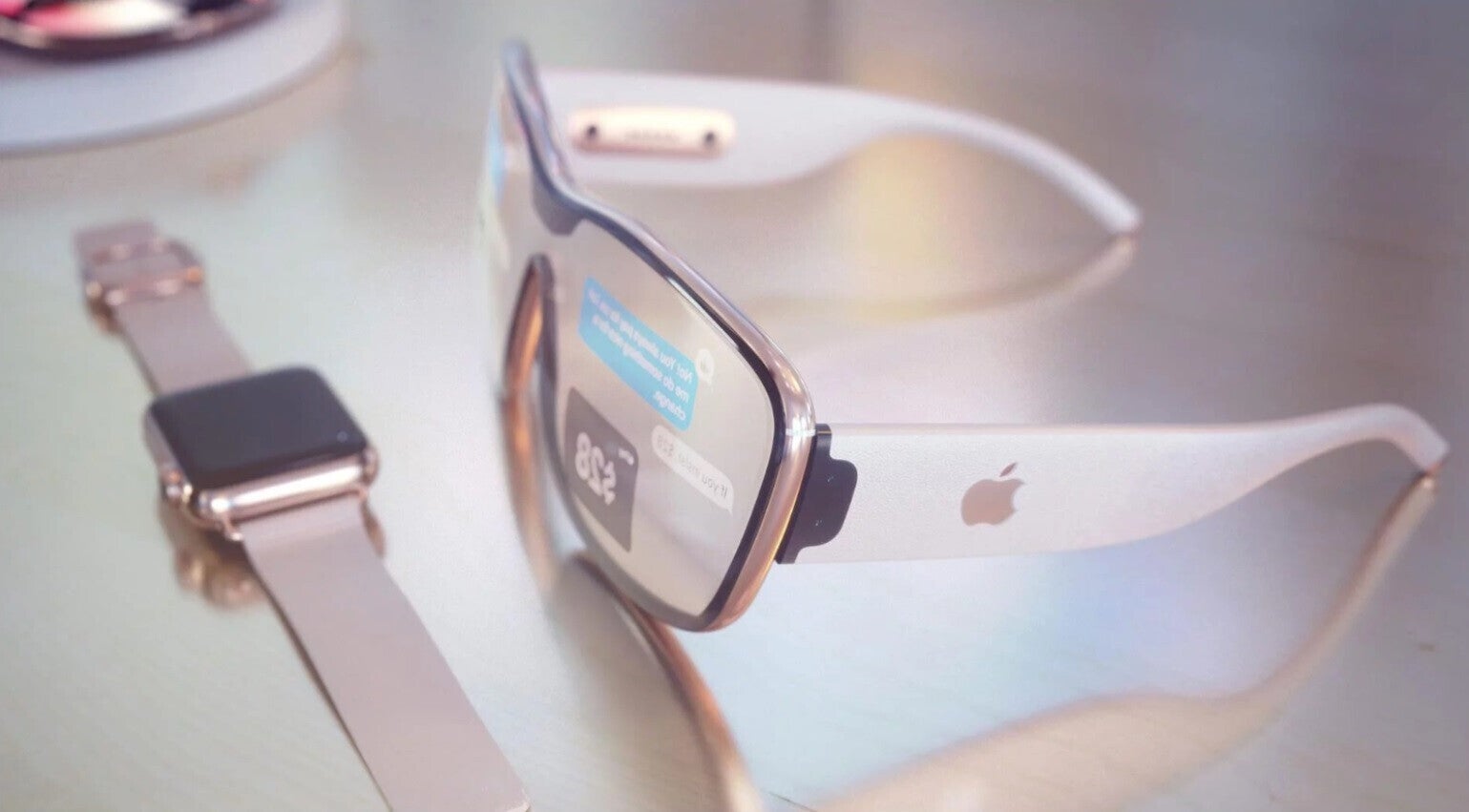
Futuristic Apple AR glasses concept by Martin Hajek
We’re all aware that Apple knows how to sell things, even if those are objectively just minor upgrades over a previous product. Now imagine what Apple’s campaign for a huge and innovative consumer wearable tech product like AR glasses Apple would be like.
All in all, we can always be grateful that Samsung exists to challenge Apple, always breathing behind its neck and pushing it to innovate, even if that happens slowly.
The race for AR market domination is just about to start, and you can mark my words that it’ll be as exciting as ever. We live in great technological times, but they’re about to get even greater.
If you want to learn more about AR and see what the “next big thing” will be like, also check out:


